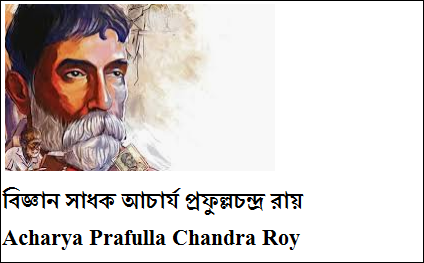May Day| Date, History ,Why We celebrate this International workers day?
 |
| May Day |
May 1 is public
holiday and it is marked as
International Labour Day or May Day every year to celebrate the working class.
In India, this day is also called Antarrashtriya Sharmik Diwas or Kamgar Din in
Hindi. The origin of this day dates back to the 19th century when there were
revolutions starts by the labour union movement in the United States. It was
during the rise of industrialisation when the labour class was being exploited
to the point that they had to take a stand for themselves against this exploitation
and demanded paid leaves, proper wages and breaks for the workforce .
History of May Day
The labours were forced to work long 15 hours in a
day during the rise of industrialisation in the 19th century. On May 1, 1886,
the labour union in the United States of America decided to go on a strike with
the demand that the working hours should be reduced from 15 hours to 8 hours.
They also demanded paid leaves, proper wages and breaks for the workforce. The
strike was followed by a bomb blast in Chicago which led to several casualties.
Even though the strike didn’t have an immediate result, it helped establish the
8-hour workday in many parts of the World, including India.
The International Workers’ Day was first celebrated
in India in 1923 in Chennai (former Madras) by the Labour Kisan Party of
Hindustan. It was started with the intentions that the government should grant
workers a national holiday on May 1. Interestingly, this day is also marked as
‘Maharashtra Day’ or ‘Gujarat Day’ to celebrate the date when these two modern
states attained statehood on linguistic lines. There is a different story
of May 1 in most of the countries but the main purpose of the day remains the
same.
 |
| May Day |
How is the day celebrated?
It is observed as a national holiday in India and
people mark the occasion by celebrating the accomplishments of workers. The day
represents the hard work and the dedication of workers put in their work and
how they work as a team to achieve a single project.





0 Comments